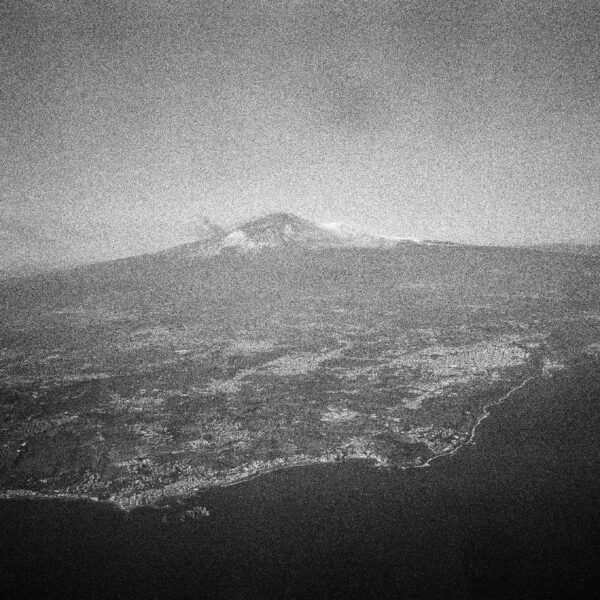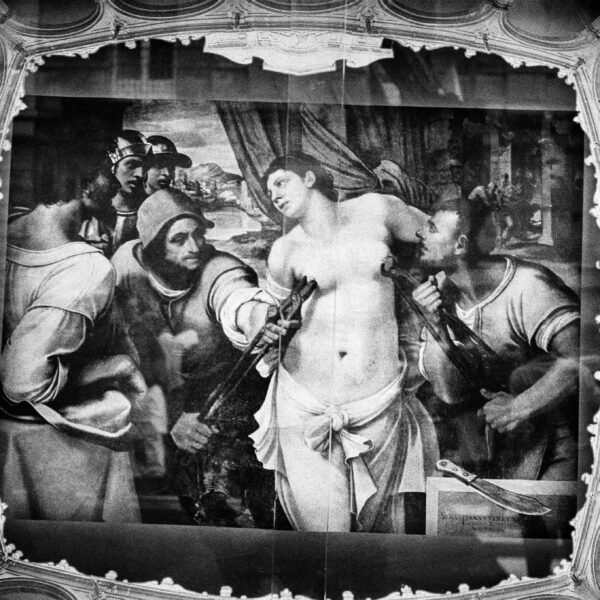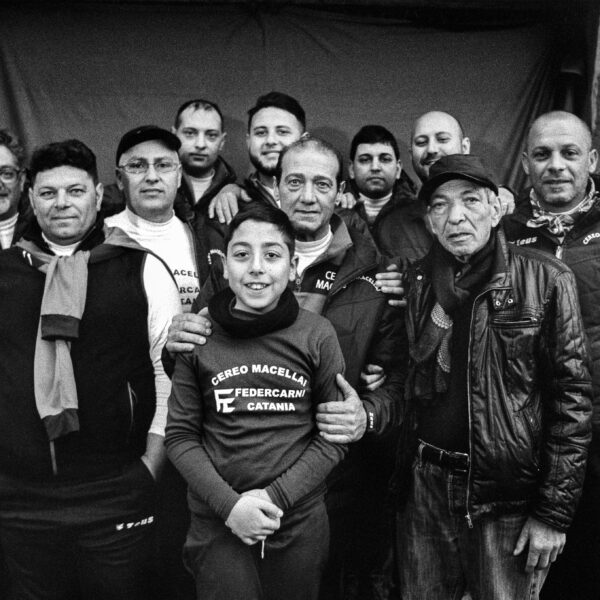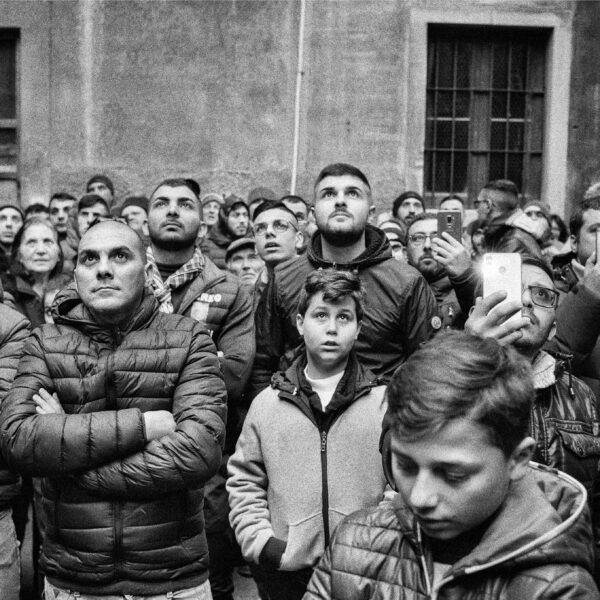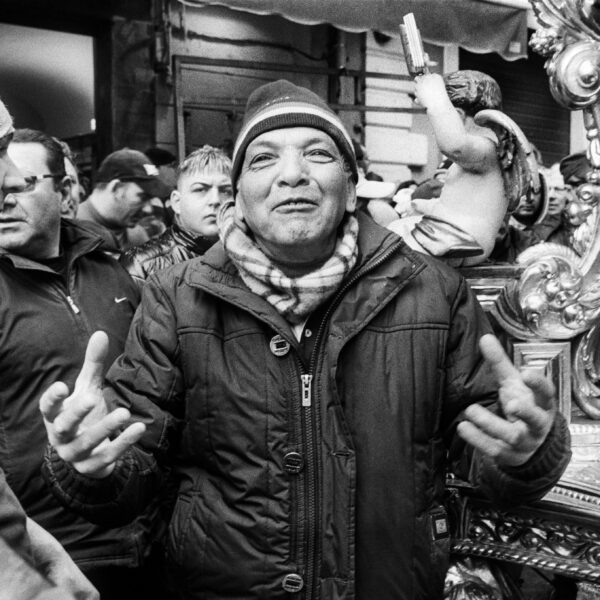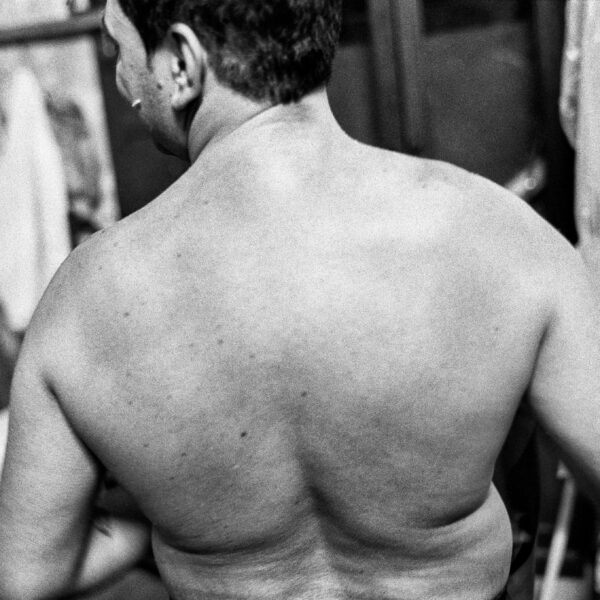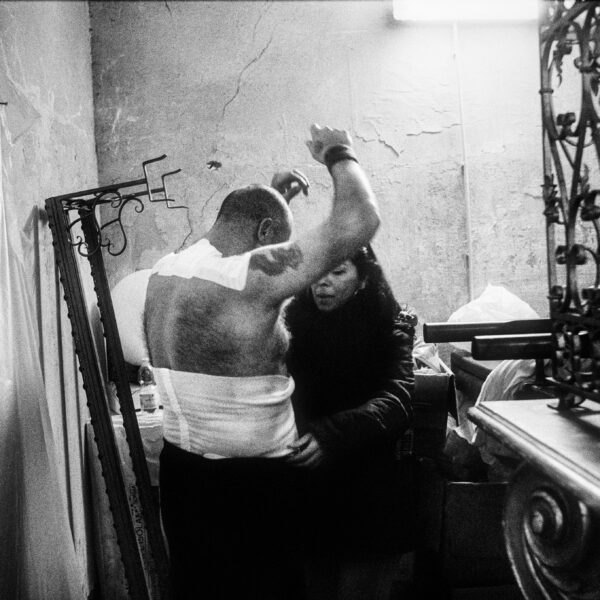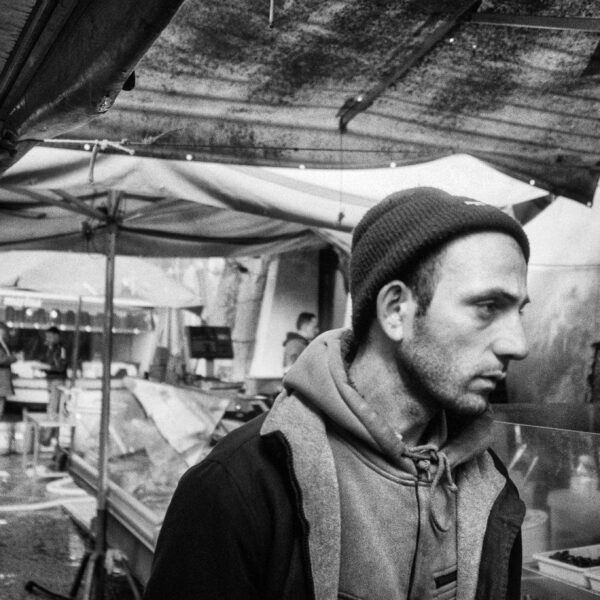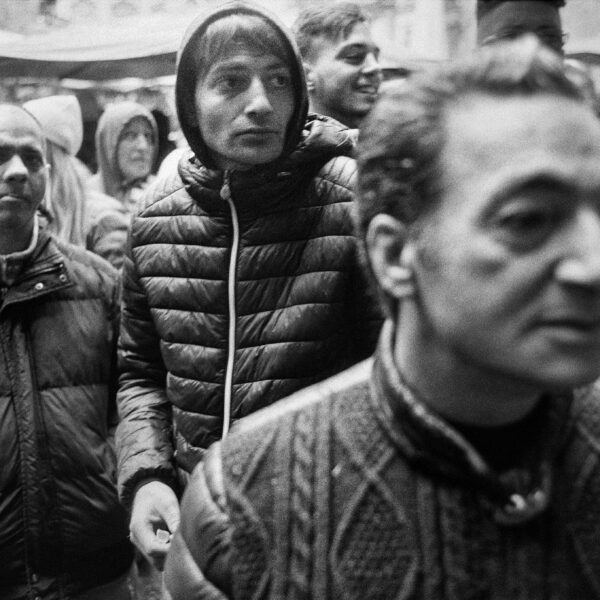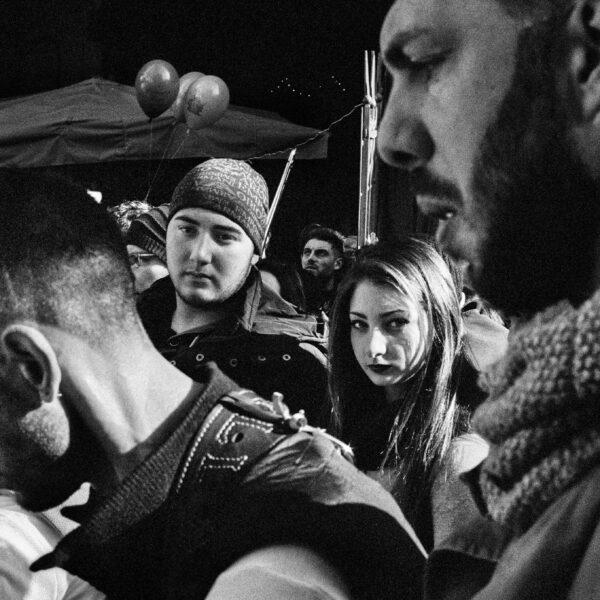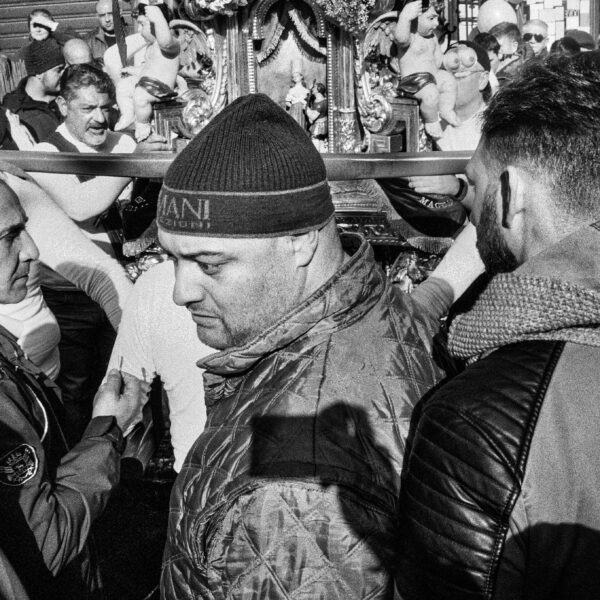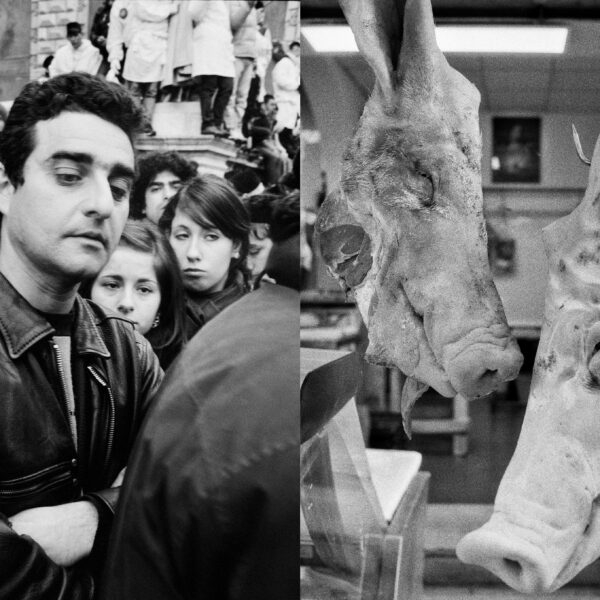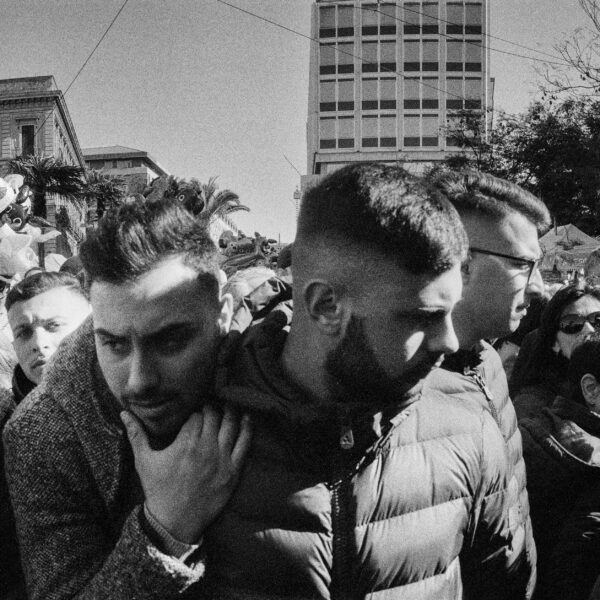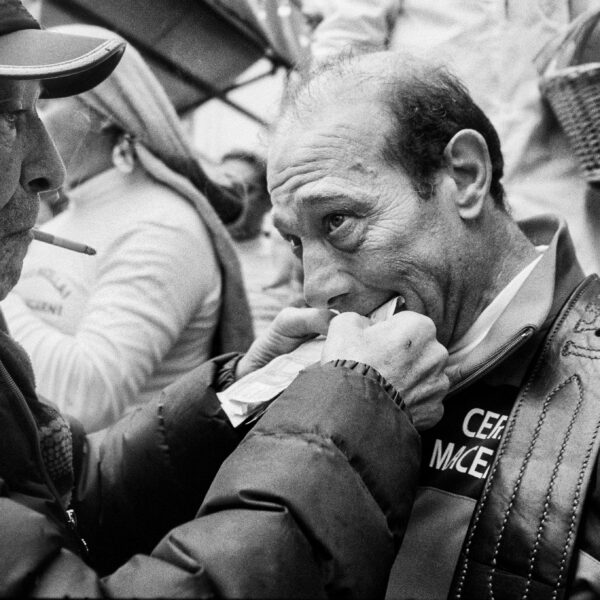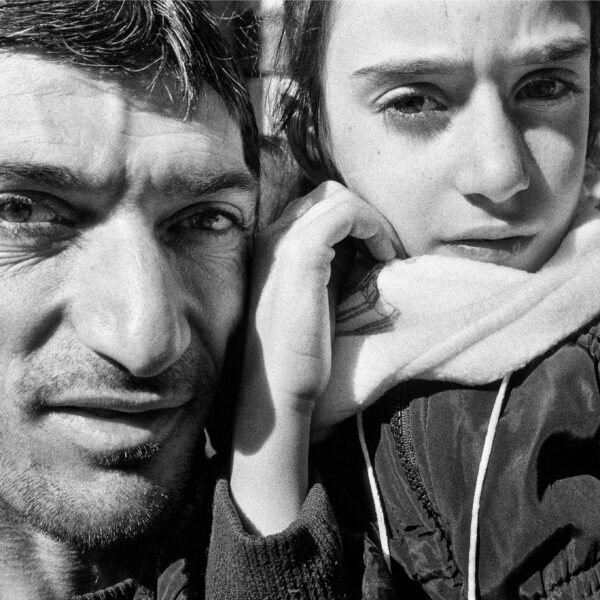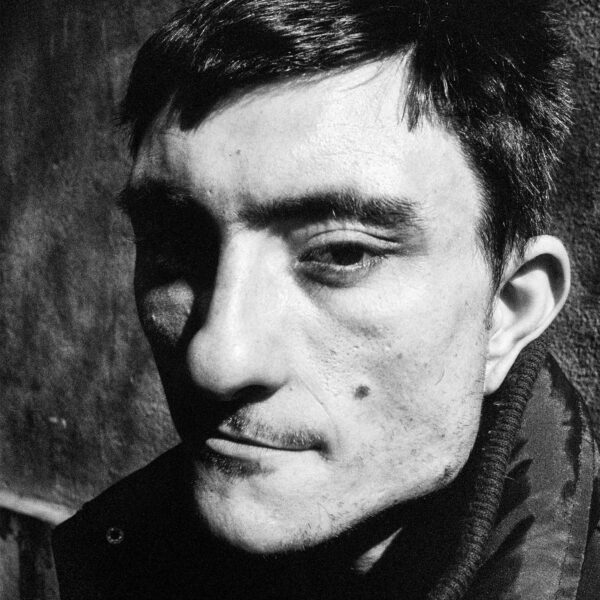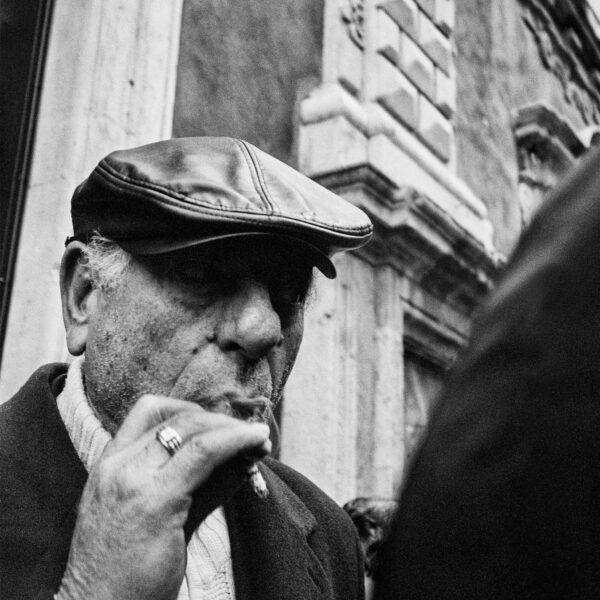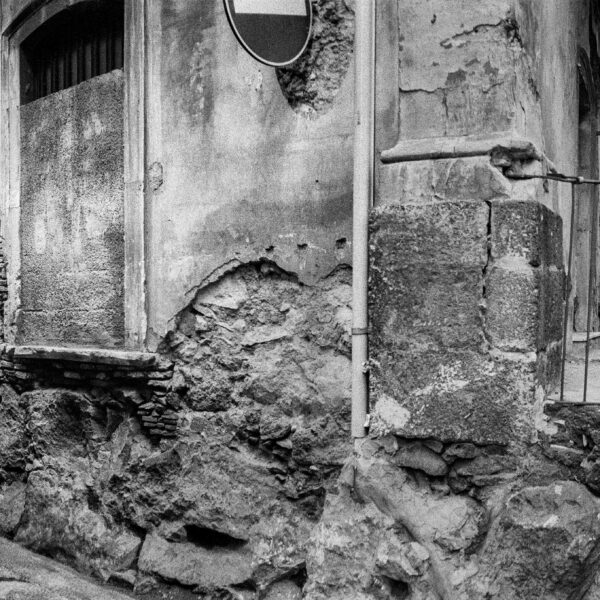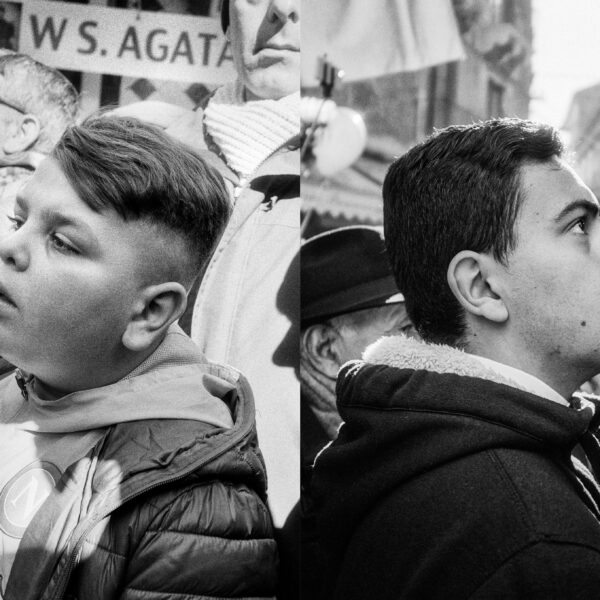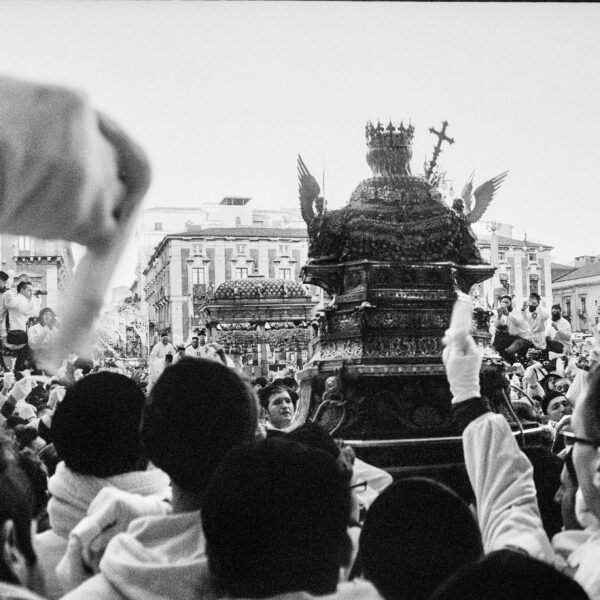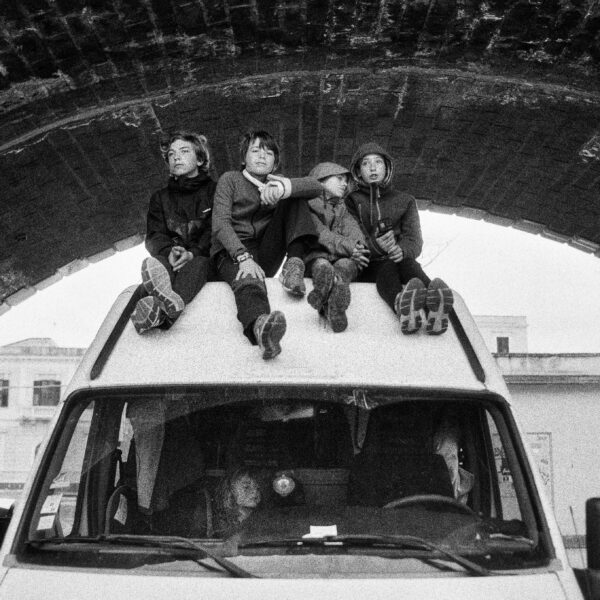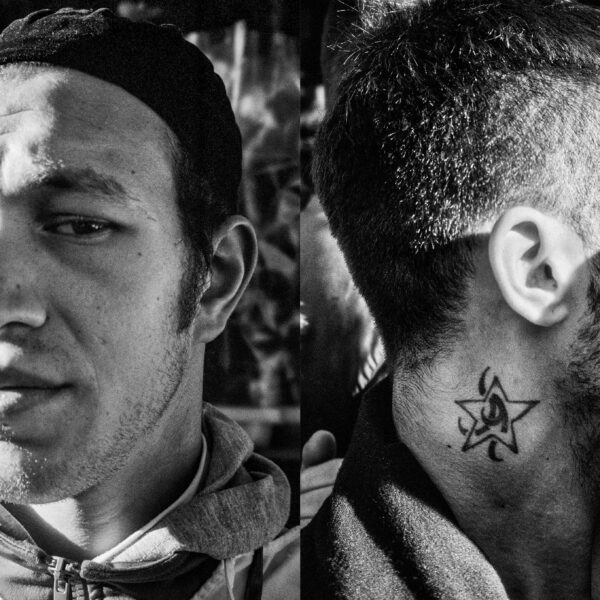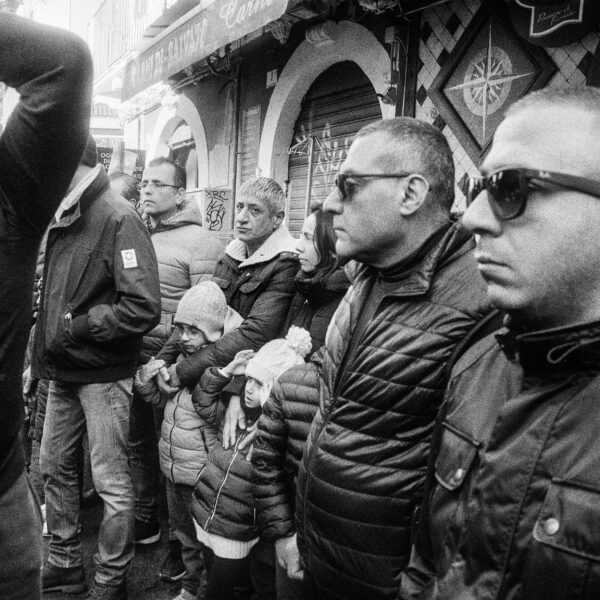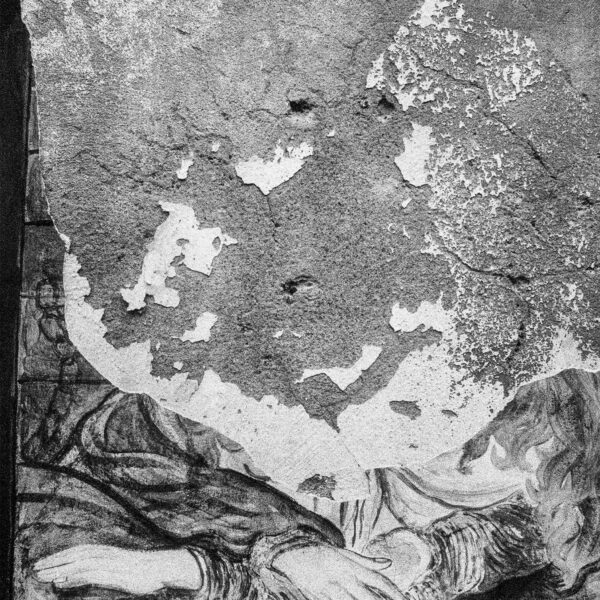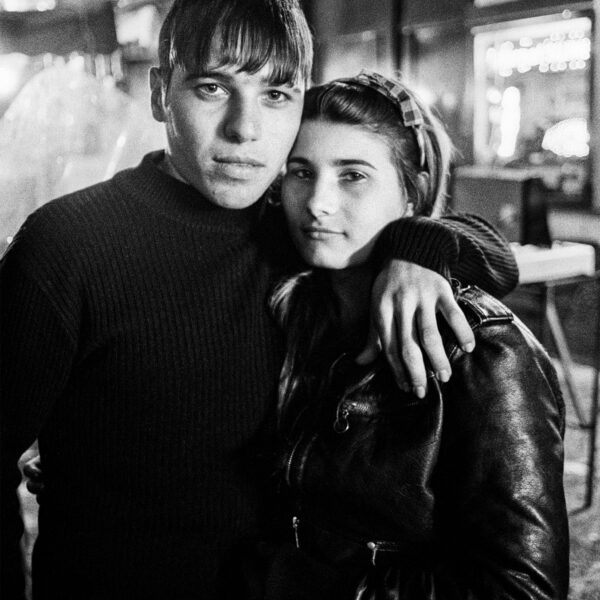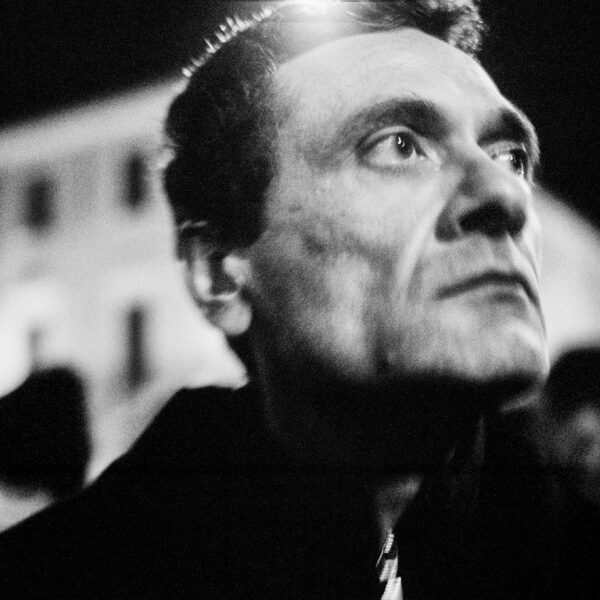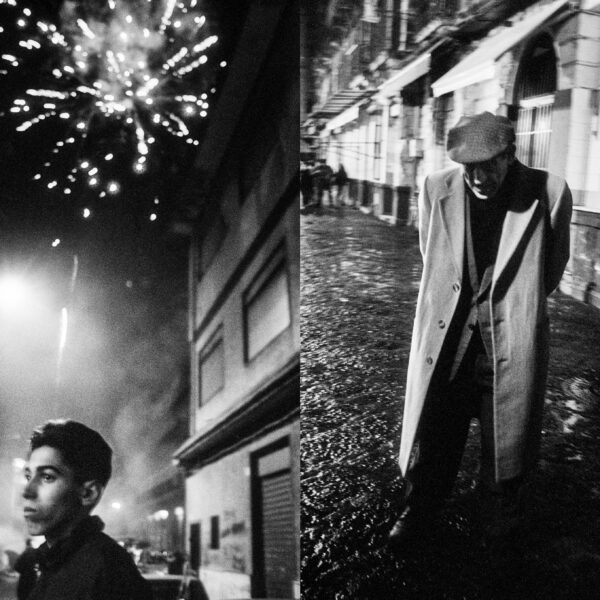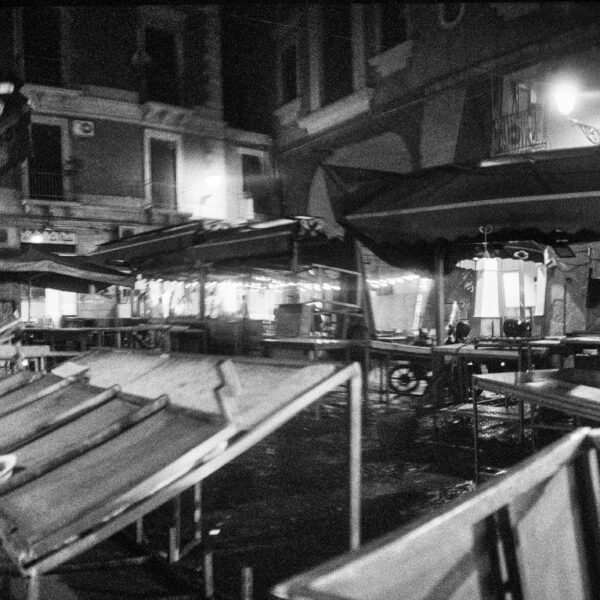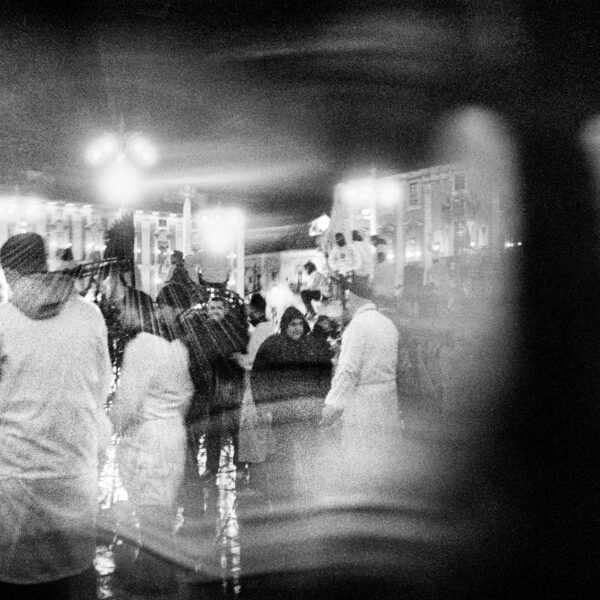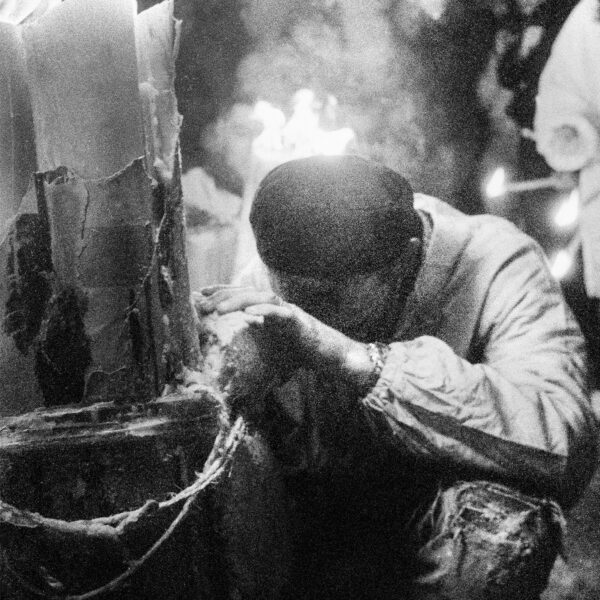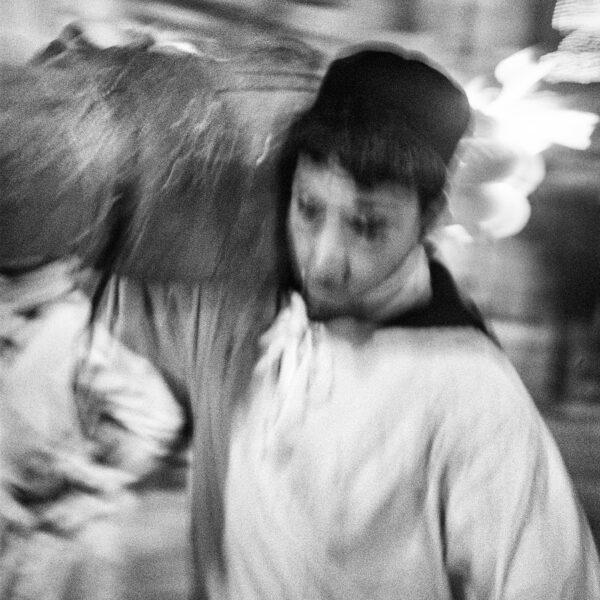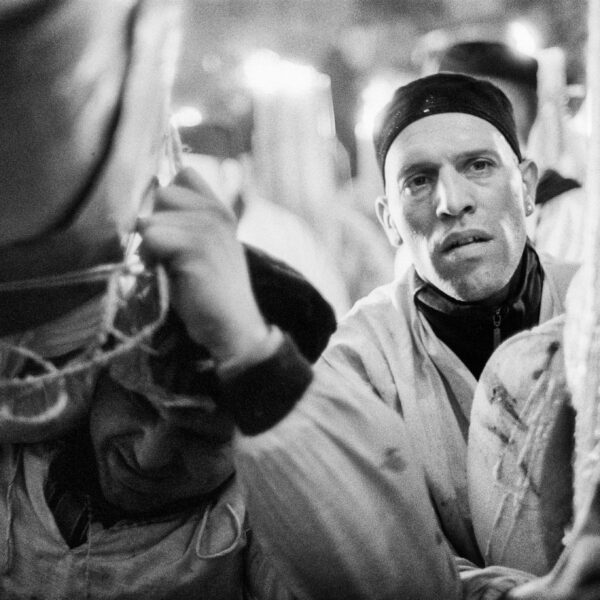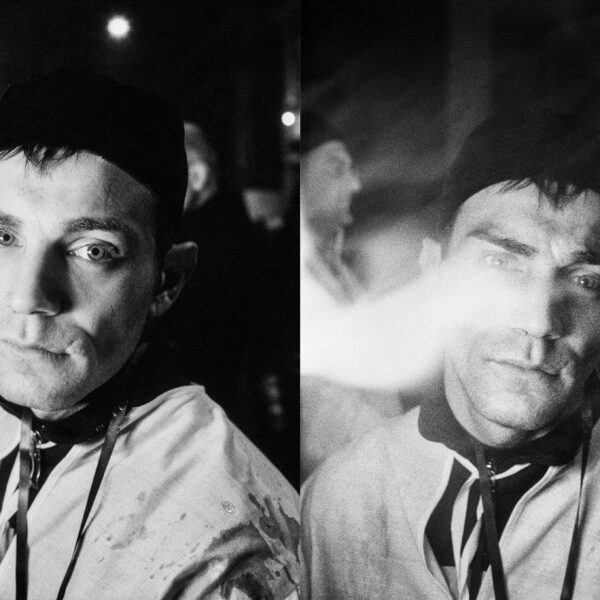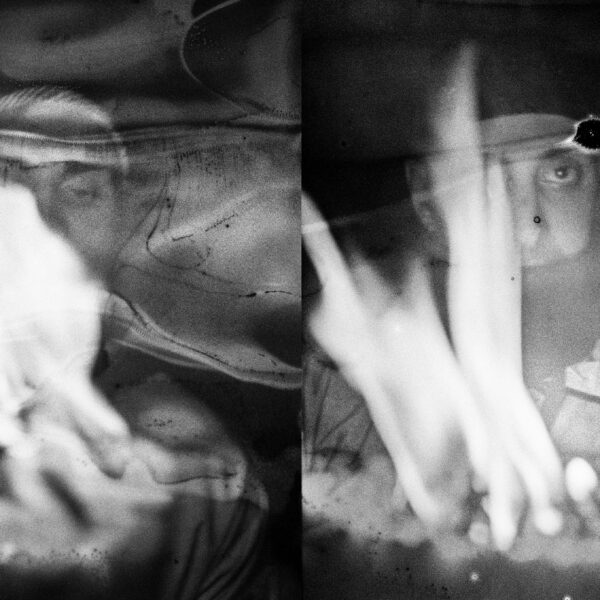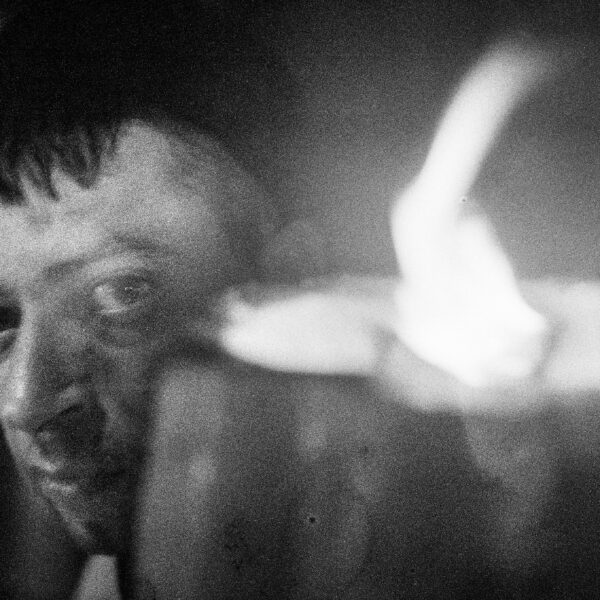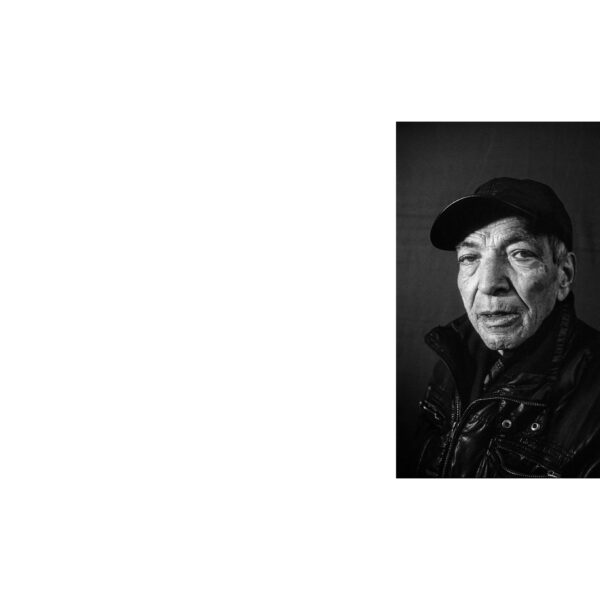I’ve known Massimo since the summer of 2006, when he turned 17, and since that moment, we’ve never separated. We met near Caltagirone, the town where he grew up—just a few dozen kilometers from Catania, the city where he was born and where these photographs of this series were taken.
Until then, the horizon of his world was all there—solid, yet somewhat limited for the curiosity and hunger for life of a boy who was much more brilliant and mature than average. His growth until that point was rooted in education and traditional values, a precious guiding star he could always refer to in times of need. But his desire pushed him elsewhere. I was his door to a completely new adventure—one that was entirely his. I believe he discovered in me the real possibility of a different life and the existence of worlds unimaginable from the perspective of a provincial Sicilian boy, an entrance into a jungle that is both frightening and fascinating. Despite my resistance and my reluctance to shoulder that responsibility, his tenacity and talent for navigating the world led me to act as his guide—part Bagheera, part Baloo—until he had the tools and strength to go into a new world on his own, far from home.
I share this before describing the series of photographs because I couldn’t approach them in an anthropological or journalistic way—partly because I wouldn’t know how, and partly because I’m not interested. But most importantly, because those aren’t the reasons why Massimo photographed for years the members of the Cero dei Macellai during the three days of celebrations for Saint Agatha, the patron saint venerated by the city of Catania.
Massimo doesn’t only photograph the religious festivities; he speaks of himself.
He tells of something important he learned in life, something he weaves into his story—the story of a young man choosing his own path, even at the expense of what was expected for him. He decides to go into the world his way, willing to jump into the void without renouncing his origins, to which he remains wisely attached by a thin yet resistant thread—a transparent but unbreakable link that stretches but never snaps.
Every person of every age photographed in this series is an extension of Massimo. Each one represents what he could have become; each has a life that could have been his, though with subtle differences. They all share a devotion to Saint Agatha—the reason that unites them in the street—they are there to honor her, the symbol of purity and mystery, who once a year reveals herself and walks the city streets to bring comfort and grace to the faithful seeking protection, interceding for their destinies.
There is always a need for guidance, it’s always good to have someone reliable to trust.
With these photos, Massimo closes a circle. He returns home as a man—paying homage to the world he comes from and where he remains that boy—madly in love with life and its wonders, the same boy who left at 18. These images speak of reconciliation, of coming home, and of the most precious gift one can receive: being recognized, welcomed, and protected.
Alone, far from home, it is there that one learns to give and ask—becoming a man in a community of men—by recognizing oneself in the ancient laws of respect, loyalty, honor, and a word given—without frills, without intellectual pretensions.
Massimo is interested in the laws of friendship that shape and continually renew the world he has chosen. Trust, in this world, must be earned—merited through sincerity.
This is a work about togetherness, sharing the journey, about growth that never truly ends.
It speaks of the spirit of knights of another era, in these times—a masculine world inspired by the female ideal: pure and unreachable.
A path of repeated efforts, each one searching for their own Beatrice, Penelope, or Saint Agatha—those who will one day welcome us, tired, dirty, exhausted, and full of love.
Lorenzo Castore

